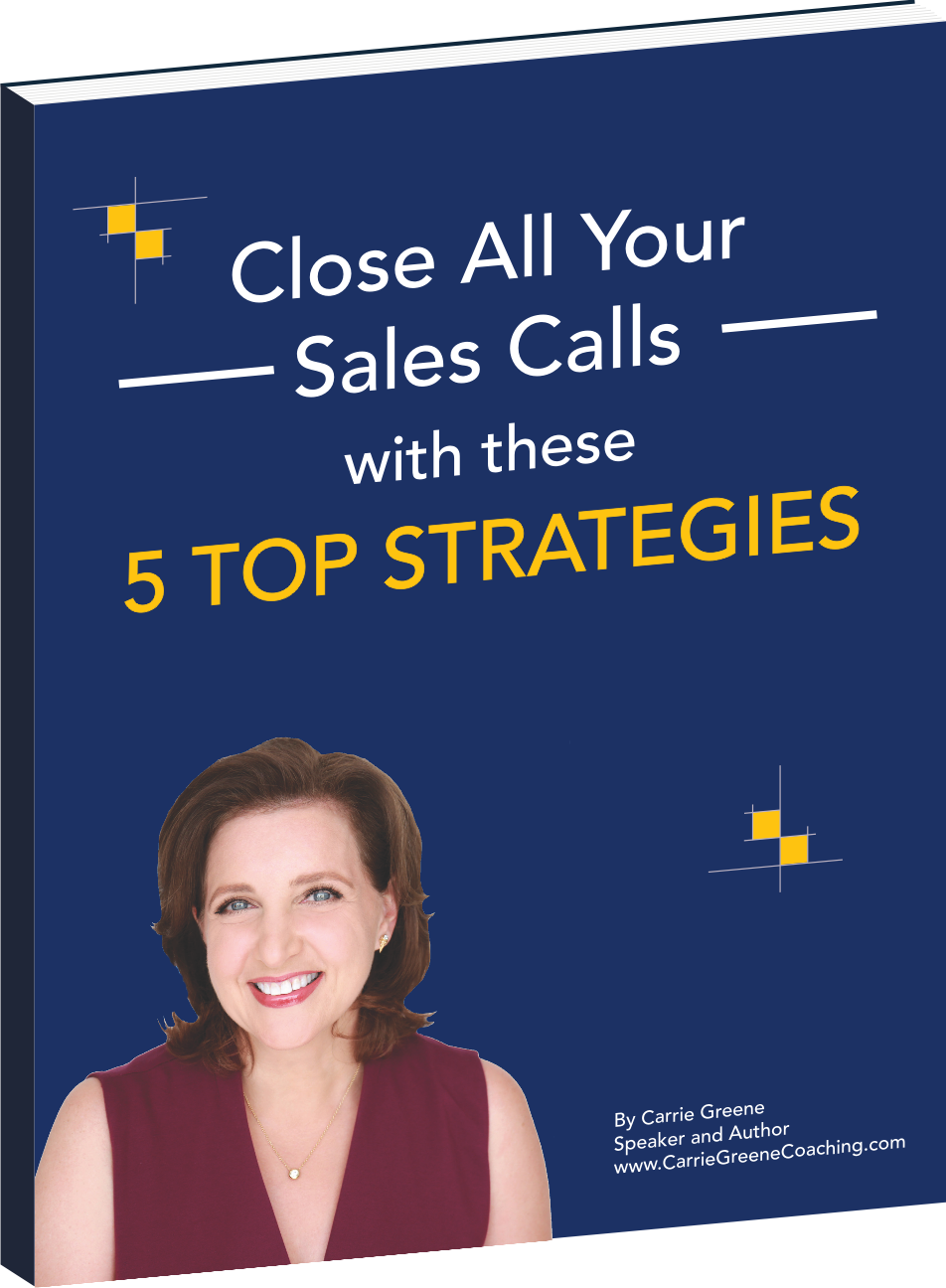 A couple of weeks ago I had a conversation with a client who wanted to declutter his office. We were talking about how to tell the difference between “things to keep” and “things to let go of.”
A couple of weeks ago I had a conversation with a client who wanted to declutter his office. We were talking about how to tell the difference between “things to keep” and “things to let go of.”
One of the tools he was using to help him make these decisions was to figure out what value he was getting in return for keeping “it”…whatever “it” was.
We started to talk about a set of books that he had on his shelf. They were reference books that someone he has great respect for recommended that he purchase. He bought the full series of books several years ago. They are beautiful books and were quite expensive. I asked him how often he refers to them. He told me that the information in the books is great but he never uses them because it’s so much easier to look online for the information.
BUT, he reminded me, the books were expensive, a dear friend recommended them AND they were beautiful.
Then I asked him another question…how did he feel when he looked at the books. He told me that he felt guilty about never using them. In fact, he wishes he had never bought them.
I asked him a third question. Would he recommend this series of books to a friend? He said, they are beautiful books but no, he would not recommend them to a friend.
He got his answer. Just because he bought and paid good money for them in the past does not mean that he needs to keep them today.
Then we went on to discuss a wooden sculpture he keeps in his office. He bought it when he was on vacation several years ago. He watched the artist carve it and it cost him about $25. We went through the same decision making strategies. Did he ever use it? No, in fact in terms of “usefulness” it is not useful at all. Then I asked him how often he noticed it in the room. He said he sees it all the time. Then I asked him how he felt when he looked at it. He told me that every time he looks at it he smiles. It reminds him of that trip and of the artist’s skill but most importantly it makes him feel good. I asked him if he would tell a friend to buy one if he was in the same situation. He answered, “Yes!”
In the end he decided to keep the $25 statue and let the expensive set of books go.
You see, the value something has to us is not represented by the price we paid for it but by what we continue to get from having it. As you go through your things don’t think about how much something cost you to buy it, instead think about this…knowing what you know today, how would you answer these three questions:
- Would I buy it again?
- How does having it really make me feel?
- Would I tell someone else that they should buy it?
You will find that the clutter disappears when you allow yourself to keep the things that are truly of value to you and let go of the things that aren’t regardless of what you paid for them or what they may be “worth”.

I got an email from Donna here in NJ about this article…
Oh Carrie, what a wonderfully helpful article for me! I am sitting here surrounded by stuff, while more stuff keeps pouring in every day. Today’s article and your newsletter in general really help put things in perspective. You have another golden rule that I invoke frequently: “What would I do if I didn’t have this?” I believe the example you gave was a client who was contemplating keeping an old pair of flip flops, and realized she would just wear a different (less old) pair that she also had.
I can’t believe it’s been over 5 years since I first met you at Net Nomads, at that entrepreneurs’ meeting. I remember when I signed up for your newsletter, you said, “You can unsubscribe if you want, I don’t take it personally,” but all these years, I haven’t. It’s articles like today’s that keep me on your list.
Hope all is well!
Regards,
Donna
Donna, I’m thrilled that you find the articles that I include in the CarrieThru newsletters so helpful and I’ll post the one about the flip flops that you referred to.